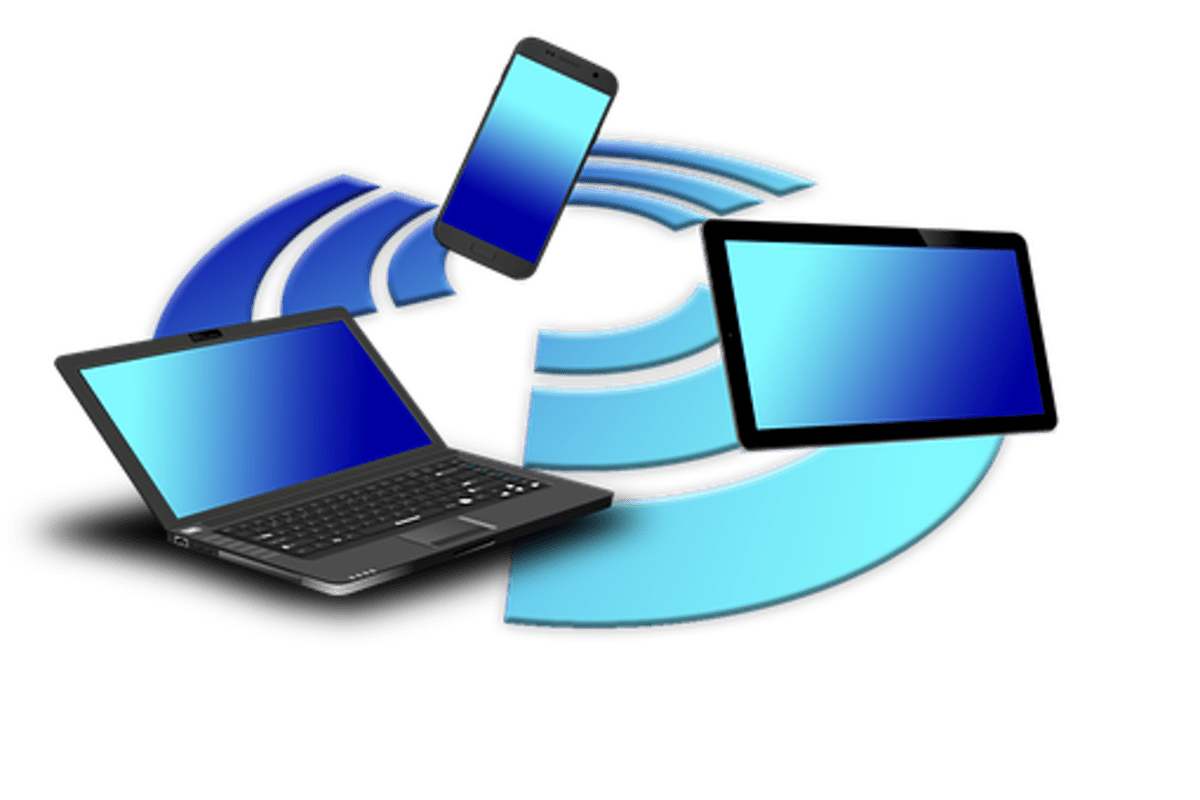Essentially, freeware is software that is free of charge to the end user. However, a person who writes or distributes software, whether it is freeware or not, has the choice of defining the term “freeware” in his or her own way.
Shareware vs freeware
Generally, there are two types of software that you can use on your computer: shareware and freeware. Freeware is software that you can download from the internet and use without paying. Shareware, on the other hand, is software that you can download for free but which requires a license to use.
The major difference between shareware and freeware is the level of functionality they offer. Some shareware provides limited functionality, while others provide the full package for a limited period of time.
Shareware allows you to use the software for free for a specified period of time. Some shareware even allows you to use the software for free without any restrictions. This is useful for trying out the software before buying it. However, some shareware will disable functionality after a predetermined period of time.
Freeware, on the other hand, is usually available for free, but the creator of the software retains the rights to the program. This means that the creator can choose to make modifications to the program, as well as hide the source code. However, freeware is more usable than shareware.
Shareware provides you with a limited version of the software. It allows you to use the software for a set period of time before you are required to purchase the full version. If you want the full version, you can purchase it from a legitimate distributor. However, many shareware projects do not offer regular updates or support for the software.
Creative commons licenses allow a developer to define “freeware” in legally safe and international law domains
Whether you are a government contractor, a free software developer, or simply want to learn more about Open Source software, this page provides you with information about licensing and copyright. Information here is for informational purposes only and does not constitute legal advice. Always seek the advice of legal counsel if you have questions about your specific situation.
OSS licenses are typically based on copyright law. This is because copyright laws require you to get permission to use a copyrighted work. However, some software is released without any copyright restrictions, so this is sometimes called “public domain” software.
There are several different types of OSS licenses. The most common is the GNU General Public License (GPL), although there are many other licenses. Some of these licenses are stronger and more protective than others.
These licenses are designed to prevent the software from becoming proprietary. However, this does not always mean that the software will not be used in violation of the license. If you need to work with other components, make sure that the license allows you to do so.
Many GPL programs run on a proprietary operating system, but there are also GPL applications that run on a desktop PC. These applications can also be mixed with other proprietary software. Nevertheless, there are several separations that must be maintained.
Accessibility of source code is a necessary condition for freeware
Considering that free and open-source software is the modern incarnation of free speech, accessibility is of the utmost importance. Building software that complies with ADA regulations is a no-brainer. The benefits of accessibility are immeasurable and include reduced operational costs, higher productivity, and increased employee satisfaction amongst others. The most obvious benefit of accessibility is its ability to engage all stakeholders in the development and deployment of freeware. This includes but is not limited to developers, testers, customers, partners, and suppliers. The more you can engage all these parties, the more successful your software is likely to be. For instance, a GitHub repository containing source code and repository artifacts in one central location reduces the need to reinvent the wheel and allows the user to see and interact with the artifacts in real-time. This in turn has been shown to reduce the cost of software development. Besides, a more efficient software pipeline leads to more successful software deployment.
In short, a well-conceived open-source software development strategy is a win-win situation for everyone. Besides, it is a great way to demonstrate a corporate culture of inclusivity.

